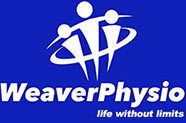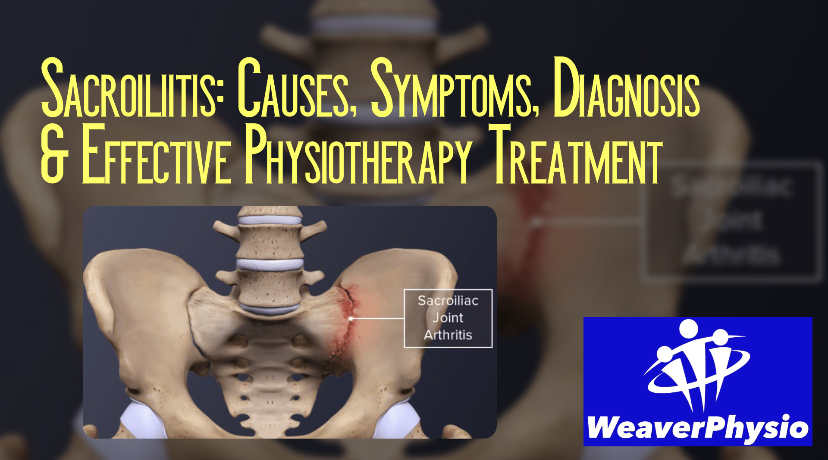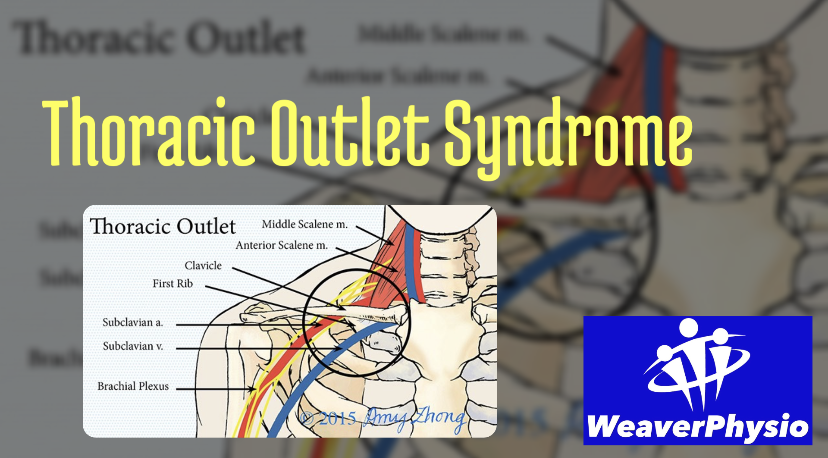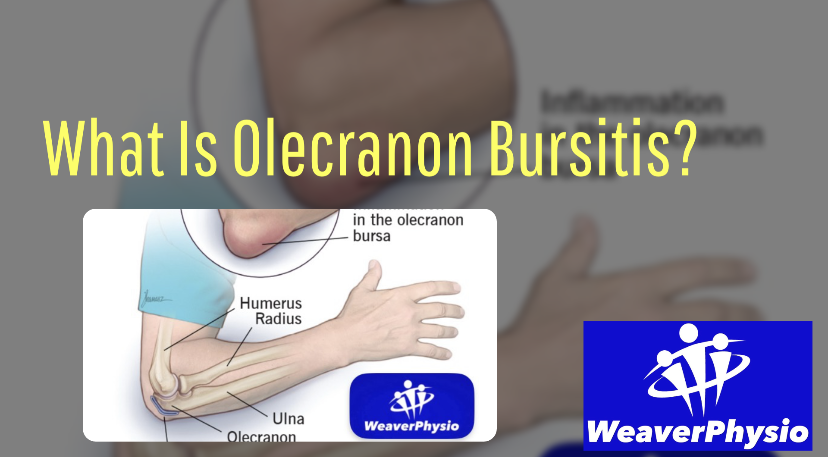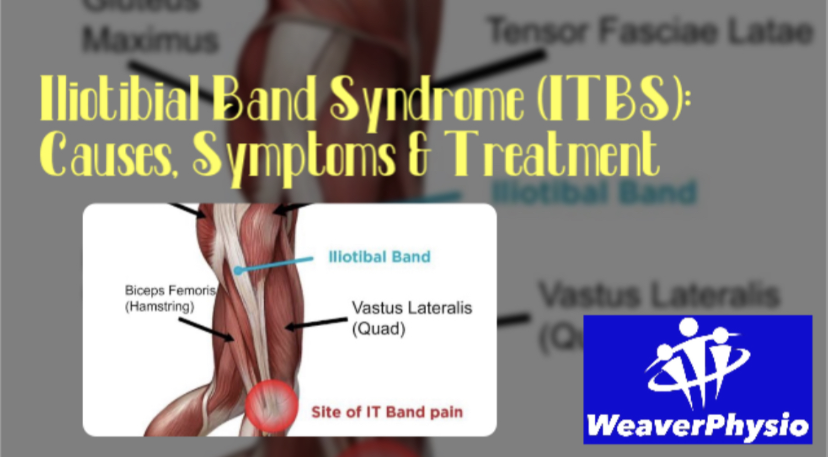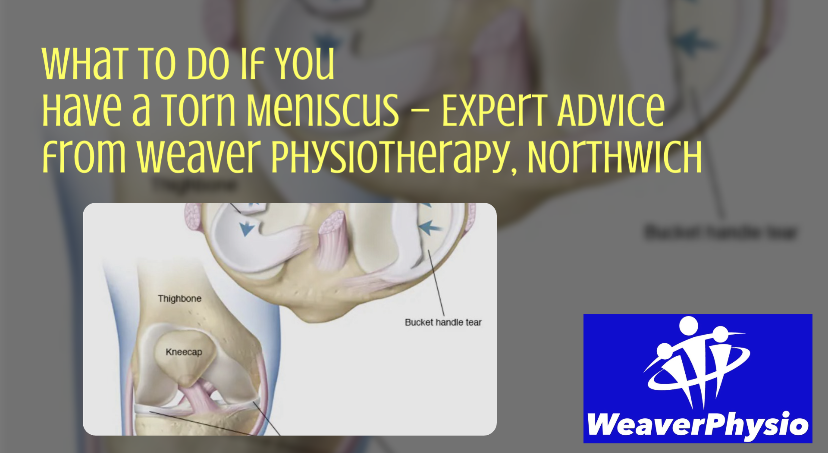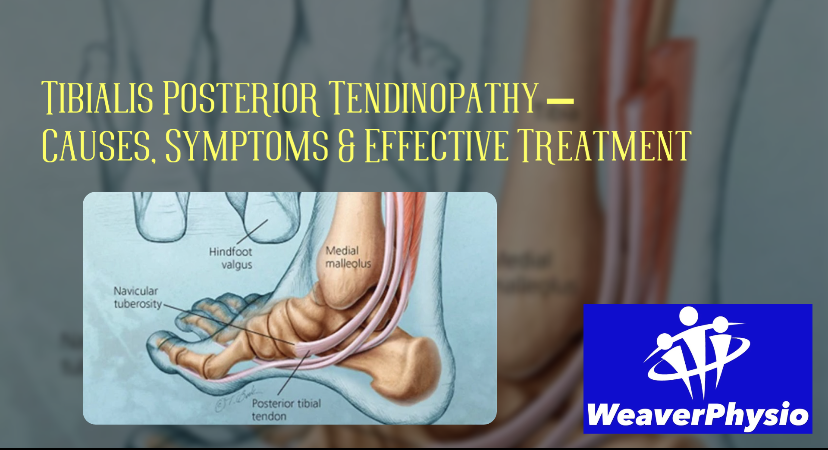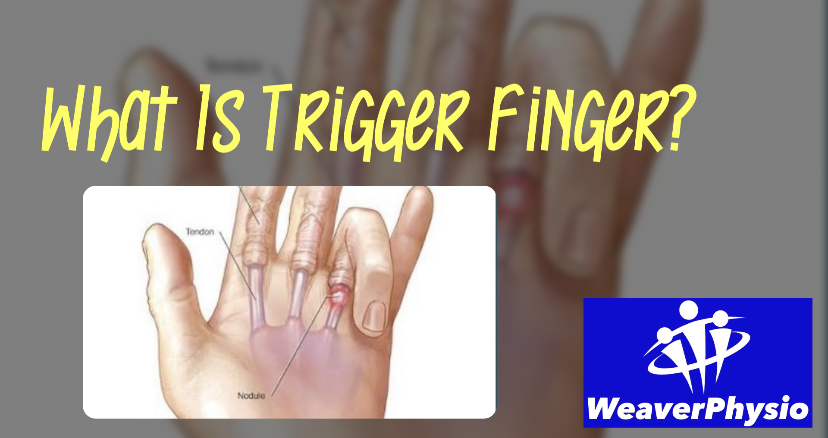Understanding and treating Tennis Elbow
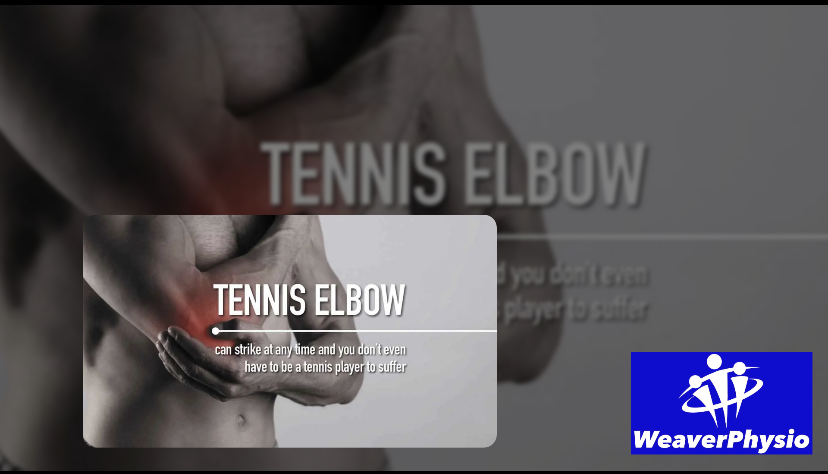
Tennis elbow—clinically known as lateral epicondylitis—is a common condition that affects thousands of people each year, not just tennis players. It’s caused by overuse of the muscles and tendons of the forearm, particularly where they attach to the outside of the elbow. At Weaver Physiotherapy & Sports Injury Clinic in Northwich, Cheshire, we specialise in treating tennis elbow with evidence-based physiotherapy to relieve pain, restore function, and prevent recurrence.
If you’re struggling with persistent elbow pain, weakness, or difficulty with daily tasks like lifting a kettle or gripping objects, you may be dealing with tennis elbow. The good news? With the right treatment and guidance, it’s highly treatable—and that’s where we come in.
⸻
What Is Tennis Elbow?
Tennis elbow is an overuse injury that leads to pain and inflammation of the tendons joining the forearm muscles to the lateral epicondyle (the bony bump on the outside of your elbow). The condition is commonly linked to repetitive wrist and arm movements—not just from racquet sports, but also from tasks such as:
• Typing or mouse use
• DIY or gardening
• Lifting heavy objects
• Repeated gripping or twisting motions
Despite its name, most people who get tennis elbow don’t play tennis.
⸻
Symptoms of Tennis Elbow
The most common symptoms of tennis elbow include:
• Pain and tenderness on the outside of the elbow
• Discomfort when lifting or gripping objects
• Wrist weakness, especially when trying to extend the wrist
• Pain that worsens with activity and improves with rest
Left untreated, tennis elbow can become a chronic condition, interfering with work, sport, and day-to-day life.
⸻
What Causes Tennis Elbow?
Tennis elbow is typically caused by repetitive stress and overloading of the extensor tendons of the forearm—especially the extensor carpi radialis brevis tendon. Repeated strain leads to tiny microtears in the tendon, causing pain, inflammation, and a breakdown of tissue over time.
Risk factors include:
• Poor technique in sports or activities
• Weak grip or forearm strength
• Inadequate warm-up or recovery
• Age (most common in adults aged 35–55)
⸻
Physiotherapy for Tennis Elbow in Northwich
At Weaver Physio, our experienced team provides tailored physiotherapy for tennis elbow to address not just the pain but the root cause of the problem.
Here’s how we help:
1. Comprehensive Assessment
We start with a detailed assessment of your symptoms, medical history, posture, biomechanics, and activity levels. This helps us confirm the diagnosis and rule out other conditions such as golfer’s elbow or nerve entrapment.
2. Hands-On Treatment
Manual therapy techniques such as soft tissue release, trigger point therapy, and joint mobilisation help reduce pain, improve circulation, and promote healing in the affected tissues.
3. Exercise Rehabilitation
Rehabilitation is key. We design a progressive exercise program focused on:
• Eccentric strengthening of the forearm muscles
• Improving grip strength
• Enhancing flexibility and mobility of the wrist, elbow, and shoulder
• Gradual return to normal activities and sport
4. Shockwave Therapy
We’re proud to offer Shockwave Therapy in Northwich—an advanced, non-invasive treatment that stimulates the body’s natural healing response and promotes tendon repair. It’s ideal for chronic or stubborn tennis elbow and has high success rates in clinical studies.
5. Ergonomic and Activity Advice
We’ll help you identify and modify any aggravating activities—whether it’s your desk setup, gardening tools, or gym form. By reducing repetitive strain, we can fast-track your recovery.
⸻
How Long Does It Take to Recover?
With the right physiotherapy treatment, most people recover from tennis elbow in 6–12 weeks, although chronic cases may take longer. The key is early intervention. The sooner you start treatment, the faster and more complete your recovery is likely to be.
⸻
When to Seek Help
If you’ve had elbow pain for more than a few weeks, or if it’s impacting your daily life, it’s time to get it assessed by a physiotherapist. You should especially seek help if:
• Your grip feels weak
• You’re avoiding activities you enjoy
• The pain is worsening or not improving
• You’ve already tried rest, ice, or anti-inflammatories without relief
At Weaver Physiotherapy in Northwich, you don’t need a GP referral to start treatment. We offer direct access and can usually book you in the same week.
⸻
Preventing Tennis Elbow
Prevention is always better than cure. Whether you’re returning to sport, starting a new job, or just want to avoid future flare-ups, here are some tips:
• Warm up and stretch before activities
• Use proper technique and ergonomic tools
• Strengthen your forearm muscles
• Avoid overloading or sudden increases in activity
• Listen to your body—rest if symptoms start
Our physios can guide you through preventive strategies tailored to your lifestyle and goals.
⸻
Why Choose Weaver Physio?
At Weaver Physiotherapy & Sports Injury Clinic, we’re trusted by clients across Cheshire for expert treatment, clear advice, and personalised care.
✔️ Experienced MSK physiotherapists with sports injury expertise
✔️ On-site Shockwave Therapy for stubborn tendon problems
✔️ Individualised rehab plans—not one-size-fits-all sheets
✔️ Friendly clinic environment in the heart of Northwich
✔️ Same-week appointments and no long NHS waitlists
Whether you’re a busy parent, an active runner, or someone who types all day at a desk, we’ll help you recover quickly and get back to doing what you love—pain-free.
⸻
Book Your Tennis Elbow Assessment Today
Don’t let tennis elbow keep you from your favourite activities. Get expert help at Weaver Physio and start your recovery journey today.
📞 Call 01606 227484
📍 Visit us in Northwich, Cheshire
🌐 Book online at http://weaverphysio.com
⸻
#TennisElbow #ElbowPain #WeaverPhysio #NorthwichPhysiotherapy #ShockwaveTherapy #SportsInjuryClinic #CheshirePhysio #ManualTherapy #TendonPain #RehabForTennisElbow #PainRelief #PhysiotherapyWorks #SportsPhysioNorthwich #ForearmPain #ElbowTreatmentCheshire #WorkplaceInjury #OveruseInjury #TennisElbowTreatment #HandsOnPhysio #WeaverPhysiotherap

